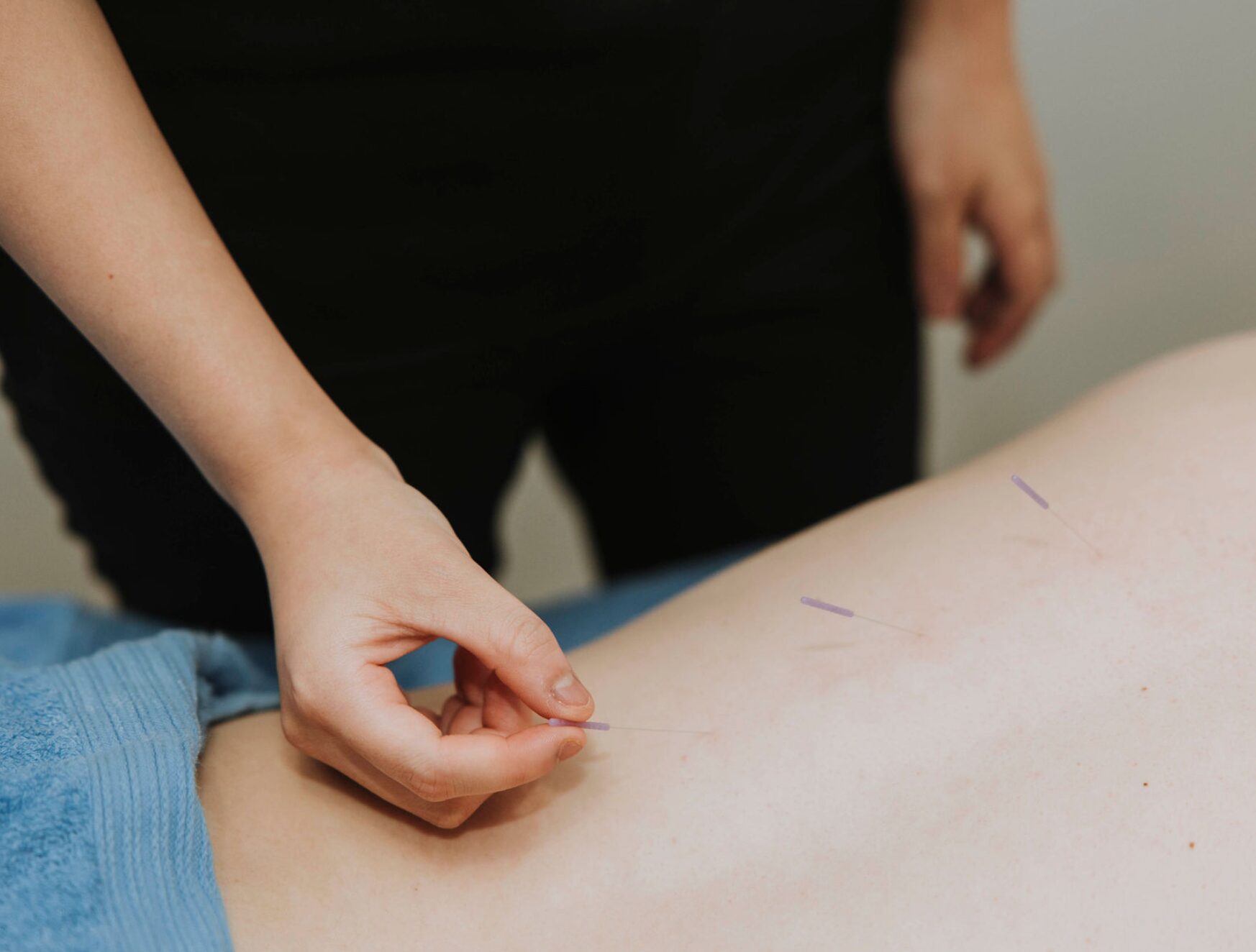In the evolving world of physiotherapy, innovative techniques continue to emerge, offering effective
solutions for various musculoskeletal issues. One technique that has gained prominence is dry needling, a
therapeutic approach within physiotherapy that utilises fine needles to target trigger points and alleviate
pain.
Understanding Physiotherapy Dry Needling:
Physiotherapy dry needling, often referred to as intramuscular stimulation, is a technique that involves the insertion of thin, solid needles into specific trigger points within muscles. Unlike traditional acupuncture, which is rooted in traditional Chinese medicine, dry needling is grounded in Western medicine principles. The aim is to stimulate and release tension in trigger points, promoting natural healing processes
and restoring normal muscle function.
Our Physiotherapists Lachlan, Ramneet and Priyanka all offer dry needling services as well as our Remedial Massage Therapist Annie.
How Does Dry Needling Work?
The insertion of fine needles into trigger points creates a therapeutic response. Trigger points are hyper-irritable knots or bands within muscles that can cause pain and dysfunction. By targeting these points with precise needle placement, physiotherapists can elicit a local twitch response, which is believed to release muscle tension and promote blood flow. Additionally, the stimulation of the nervous system
can lead to the release of endorphins, the body’s natural painkillers, providing relief from pain and discomfort.
Benefits of Physiotherapy Dry Needling:
Pain Relief:
- Dry needling is renowned for its ability to provide rapid pain relief. By
addressing trigger points and releasing muscle tension, individuals often
experience immediate improvements in pain symptoms.
Improved Range of Motion:
- The targeted release of tension in muscles can contribute to improved
flexibility and range of motion. This is particularly beneficial for individuals
with chronic conditions or those recovering from injuries.
Enhanced Muscle Function:
- – By addressing specific areas of muscle dysfunction, dry needling promotes
enhanced muscle function. This can be crucial for athletes or individuals whose
daily activities are hindered by muscle-related issues.
Complements Other Physiotherapy Interventions:
- Dry needling is often integrated into comprehensive physiotherapy treatment
plans. It can work synergistically with other modalities such as manual therapy,
exercise, and education to achieve optimal rehabilitation outcomes.
Minimally Invasive:
- The needles used in dry needling are thin and solid, minimizing discomfort
during insertion. The procedure is generally well-tolerated, and any discomfort
is often brief.
Conditions Addressed by Dry Needling:
- Physiotherapy dry needling has shown effectiveness in treating a range of
conditions, including muscle spasms, chronic pain, tension headaches, and
myofascial pain syndrome.

